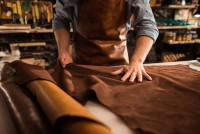As with soaking the float ratio and loading of the vessel is very important in liming. Too little float or overloading of the vessel and the skins or hides will not move correctly during process and areas of draw, poorly removed hair and fold marks will result. In general with the exception of paddles the aim is to have less water in hair removal to optimise chemical concentration and retard swelling then add further float before the liming period to ensure that the extra water taken up by the swelling skin or hide does not reduce the float to unworkable levels. Ideally the goods should be covered with free liquor during the liming stage and the vessel turned on automatic typically 5-10 minutes each hour. If the goods are left out of the liquor for long periods of time stains may result from where they have not been covered.
With some types of raw material, such as long hair goat or deer skins, the amount of hair or wool is disproportionate to the skin area. The result is that what appears to be a full drum or mixer load is less than a load after the hair is gone. It can be advantageous to remove hair and then make two loads into one vessel for the liming period.
Processes
Industries
- Garment
- Upholstery
- Automotive
- Shoe





 Main Reaction - The TFL Blog Stories, incidents, tips and facts around the topics leather, chemistry, fashion, sustainability and ecology. Our editorial staff consisting of experienced tanners, scientists, market experts, fashion and communication specialists has sharped their pencils and will supply you with fresh and inspiring content on a regular basis.
Main Reaction - The TFL Blog Stories, incidents, tips and facts around the topics leather, chemistry, fashion, sustainability and ecology. Our editorial staff consisting of experienced tanners, scientists, market experts, fashion and communication specialists has sharped their pencils and will supply you with fresh and inspiring content on a regular basis.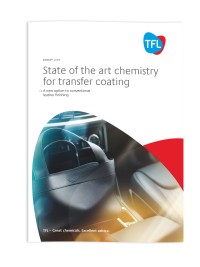
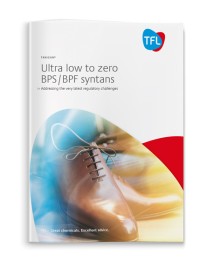
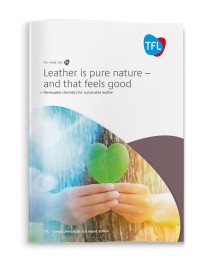
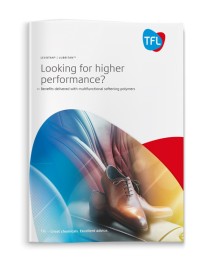 LEVOTAN® / LUBRITAN™ - Looking for higher performance? Tanners around the world are facing increasing challenges from their customers, for example, demands for higher performance such as fastness to light and heat resistance, but also lighter weight leather and more recently odour / emissions avoidance.
LEVOTAN® / LUBRITAN™ - Looking for higher performance? Tanners around the world are facing increasing challenges from their customers, for example, demands for higher performance such as fastness to light and heat resistance, but also lighter weight leather and more recently odour / emissions avoidance.




